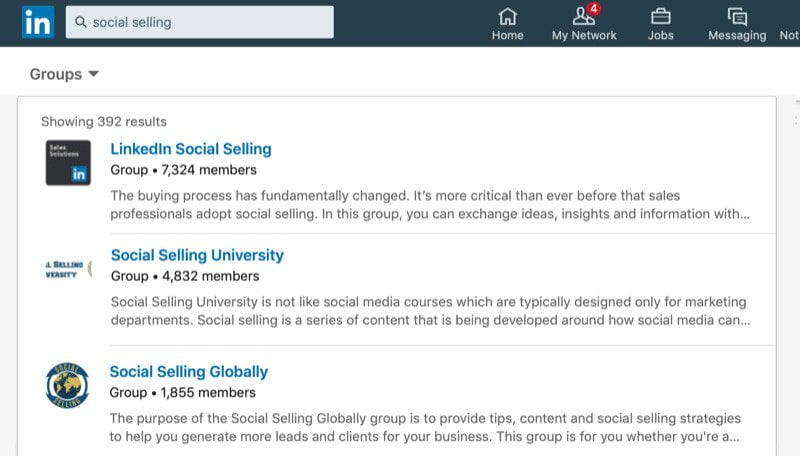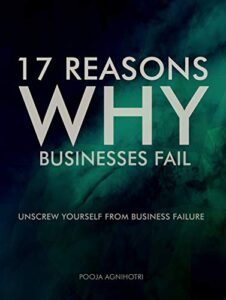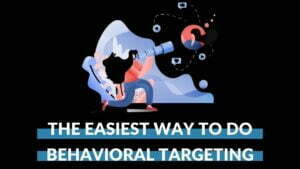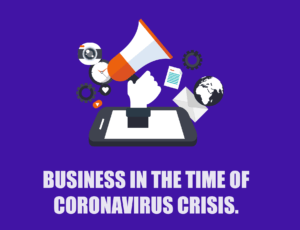In this blog, we’re going to learn what community marketing is and what are some of the most effective and scientifically backed community marketing strategies a company can implement for its products.
It’s no surprise that we, humans, work best when we’re a part of a tribe. On the other hand, when we’re left isolated, our brain starts deteriorating.
The Need for a Community
According to research by Psychology Today, chronic social isolation can cause a decrease in the size of the hippocampus – a brain part responsible for our ongoing learning and memory-making capabilities.
After all, there is a reason why we say that a human being is a social being.
The need for connection and belonging has roots in every human being. Therefore, the goal of community marketing is to provide customers with a feeling and sense of belonging.
What is Community Marketing?
Community marketing is customer-centric marketing that focuses on building a strong community around a brand.
The process of building a strong community marketing strategy starts with first identifying customers of a product and then understanding what they care about.
The shared interest your customers have should be directly or indirectly related to your brand.
For example, you can’t build a sustainable living community around a product that is not eco-friendly. Your customers and your brand both need to share the same interest.
6 Community Marketing Strategies Backed by Science
Being a part of a community is a need that every human being has.
When a brand makes community marketing a part of their marketing plan, they aim to fulfill one of the very basic needs their customers have with the help of their product.
Some marketers suggest that community marketing is mainly for the product that requires maintenance and support like confusing and complicated tech devices.
But I would disagree with that – community can be built for any kind of product. Starbucks, Pepsi, and many other brands are setting an example of this.
Let’s have a look at some of the most effective community marketing strategies.
Strategy 1) The Community Needs to Be Meaningful and Fun
Building a community around your brand can drastically increase your customers’ lifetime value.
Generally, a community is formed of family members and friends. But this shouldn’t deter you from adopting a community marketing strategy for your own business.
Let’s take a look at it from a different perspective.
How exactly are communities formed?
When some like-minded people come together is the moment when a community is built.
“I love wearing 60s clothes. You do as well. How amazing is that!”
“I love book reading clubs where people appreciate 18th-century poetry books.”
“I love meditating first thing in the morning. Who else likes to do that?”
All these statements are examples of community-building in the progress. This is something that brands have to focus on as well.
Let’s assume that you sell tea. Why don’t you build a community of people who love tea over coffee or who love exploring tea from every culture? Or you can go a step further and start your tea-tasting events just like wine-tasting events.
What if you sell spices. In that case, you can build a community around healing with the help of spices, naturopathy through spices, healthy living with spices, or something even more amazing.
Let’s try one for example. You sell running shoes. This time you can build a community of runners or health lovers.
There are endless ways of building a community. But there are only two rules of it.
Your community needs to be meaningful.
And your community also needs to be fun.
As the sense of belonging comes from a meaningful community and engagement comes from a fun community. And they both are important for a community to thrive.
Strategy 2: You Need to Be Active in Your Community
Community marketing is not just about building a Facebook group or a LinkedIn Group. It’s more than that. It has to be dynamic, ever-evolving, and ever-growing.
The entire process starts when customers start talking about your product and bonding with others who share the same opinions. Then, it extends to even include brands in that conversation.
Moreover, a community is built to strengthen the relationship a company shares with its customers. That’s why it is very crucial even for the employees and owners of a company to be active members of their own communities.
Customers don’t want a one-sided relationship with brands anymore. It is a thing of the past.
Now, they want you to become accessible at least to your community members. This will give your customers a chance to get to know you better, ultimately bringing them closer to your brand.
Strategy 3: Let Your Organic and Non-Organic Communities Merge
An organic community is one that is built by customers around your brand without your involvement in it. As the name suggests, it’s organic. You didn’t do much to build it.
A group of people came together on their own. There was something about your product that made your customers talk about it. And ultimately finding other people who also feel the same way about your brand like they do.
An organic community can be created in various ways. There can be a Reddit discussion chain, Pinterest board, Facebook group, or a complete blog dedicated to it. All these provide a place for your customers to ask questions, share reviews and feedback with others.
An Example..
Let’s imagine you own a tea company, XYZ. People find your tea so refreshing that they started drinking it right after coming back from their work.
So, a community started developing of people who drink everyday XYZ tea to recharge after a busy workday and to get ready for spending some quality, stress-free time with their families. They call it XYZ Work-Life Balance group.
On the other hand, a non-organic community is the one that you’re building by using your resources. You will be responsible for bringing people together from every nook and corner and helping them find the connection.
With this, you can build a tea community of people who like to start their days with your XYZ tea or who love organic life and your tea is a part of it.
To point out, the main difference between organic community and non-organic community is that in later customers can interact not just with each other but also with the brand.
Even though these two communities are very different, they still connect other with your product – XYZ tea.
In your community marketing strategy, when you combine these two, you can multiple your community marketing efforts.
Strategy 4: Interactive Marketing & Advertising is the Key to Building an Engaging Community
Community means two-way interaction. Even if we’re doing most of the things online where having real-life personal interactions is not that easy. But you can compensate for that with the help of interactive digital marketing and advertising strategies.
Not to mention, it is the easiest way to build two-way communication.
Interactive marketing and advertising can be done with the help of interactive websites where your customers can communicate with you.
For example, Starbucks has a mystarbucksidea.com website which allows their customers to share their ideas with them. It helps Starbucks in building a better product, something that their customers want. And it helps their customers feeling more satisfied as they find the brand is finally listening to them.
Then, we have interactive digital advertising where customers are asked to do more than just look at an ad. They become participants of this engaging ad experience.
For example in a recent Nike ad, graffiti characters in Brazil were changed to show that they are wearing Nike shoes. If anyone wants to buy those, they have to visit the exact graffiti spot to get access to their limited edition shoes. This is an example of the latest interactive advertising.
Not just that, gamification is another great way of giving an interactive experience to your customers.
Strategy 5: Your Community Marketing Strategy Needs a Direction
What is the goal of building a community? Why are you spending your resources on this?
Do you want to offer them exclusive offers and discounts?
Or are your customers going to get troubleshooting information that is otherwise not easy to get on the internet?
Or are they going to get access to your VIP events?
Or is it just a platform to share stories and build human connections with the help of your product?
Whatever the end goal is, just make sure that you have something to keep your community marketing strategy in line.
Strategy 6: Tie It to a Cause
If a direction is important, so is the cause.
The new generation admires those brands that believe in something more than just their own selfish gains. This cause can be fighting for animal rights, supporting veganism, building eco-friendly culture, helping the refugee, standing by the side of the LGBTQ community when they need it, or something else.
Your community needs to believe in some cause and fight for it wholeheartedly.
When a community has a strong mission, its member turns into super loyal and passionate brand advocates.
Key Takeaway: Community Marketing Strategies
Today’s customers share their opinion freely. They have more power than they did in the past. Their opinions shape products.
As a result, it is important for brands to start forming their marketing strategies to keep them delighted and turn them into their brand advocates.
And one easy way to do that is by having a strong community marketing strategy.
This is not a new concept. The need for community has always been there especially in a society that is becoming more and more isolated even while being connected all the time.
If you follow these six community-marketing strategies, you will be surprised to see what kind of results they can bring for your brand.
Successful Business Owners Learn From Mistakes Others Make
The secret to success in business isn’t doing what other successful people have done; it’s by avoiding the mistakes made by businesses that have failed. Instead of repeating their mistakes, now we can learn from them and best ensure business growth and commercial success.
17 Reasons Why Businesses Fail brings the cautionary tales of mistakes made by many businesses that ultimately led to their failure and which other businesses should avoid at all costs if they plan to survive and grow. Get your copy.
Another Interesting Article For You!











